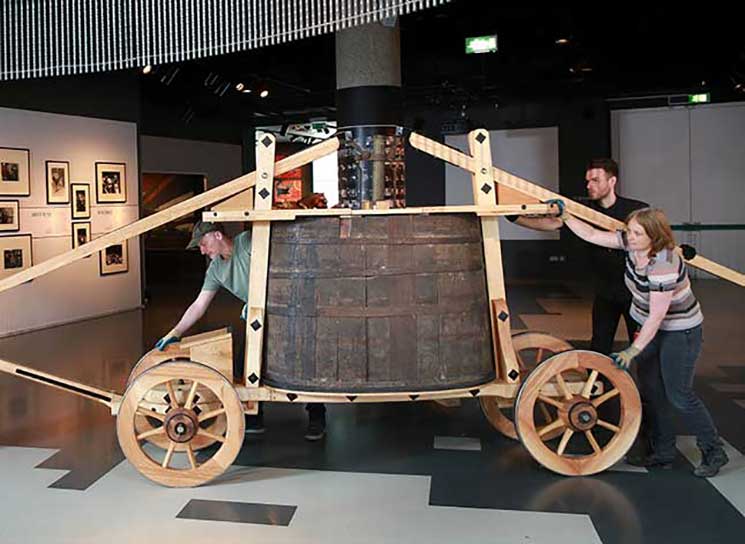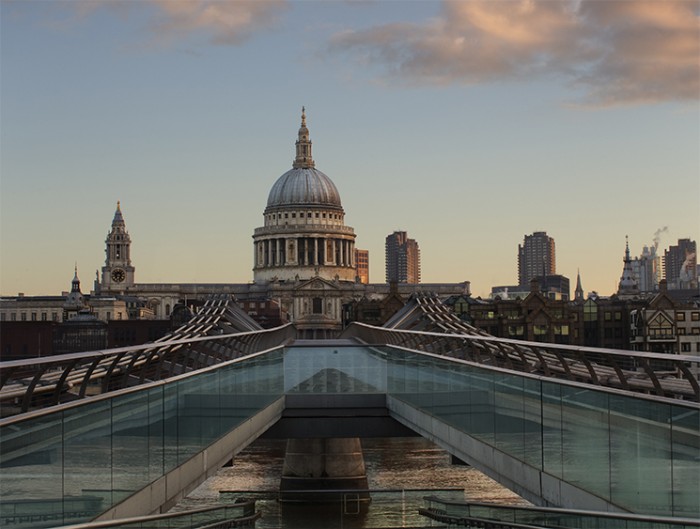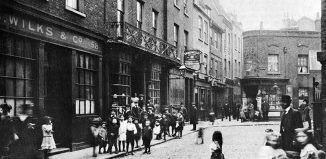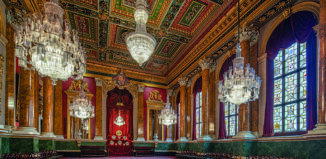10 Great Fire of London facts
1. Great Fire of London facts: Long, hot summer
In 1666, the city was made up of a sprawl of wooden buildings, which were tightly packed together along narrow streets. Fires were common in a time when every home had open fires and lit by naked flame. What made the great fire different was the long, hot summer that preceded it and a strong easterly wind, which created the perfect conditions for a rapid spread.
2. Great Fire of London facts: The baker did it
The fire started in the Pudding Lane house of baker Thomas Farriner. His manservant discovered the blaze and roused Farriner, his daughter Hanna and their maid. Most of them clambered to safety out of an upstairs window and into their neighbour’s bedchamber. Only the maid failed to escape. She was the first victim of the fire. Sadly, no one even knows her name.
3. Great Fire of London facts: Let it burn
Londoners had to choose whether to help the fire-fighting or take goods from their houses. Most rescued as many of their belongings as they could carry and fled to the river and tried to load their goods onto boats to get away to safety.
4. Great Fire of London facts: Making camp
Others rushed through the city gates to the fields outside London, where they stayed for many days, sheltering in tents and shacks. Some people were forced to live in this way for months and even years.

5. Great Fire of London facts: Fire fight
There was no fire brigade in 1666 so Londoners had to fight the blaze themselves, helped by local soldiers. Fire Posts, each staffed by 130 men, were set up around the City to fight the blaze. The Museum of London has reconstructed a 17th-century ‘fire engine’ like ones which would have been used as part of its Fire! Fire! exhibition.
6. Great Fire of London facts: Make a break
The best way to stop the fire was to pull down houses with fire hooks to make gaps that would act as ‘fire breaks’. An even better way was to blow up the house with gunpowder, but this wasn’t done until the third day of the fire.
7. Great Fire of London facts: To the tower
When the Tower of London was threatened, orders were given for extra fire engines to be sent to prevent its destruction. Many of London’s wealthiest citizens had taken their money and valuables to the Tower for safekeeping.
8. Great Fire of London facts: Feeling hot
In 1979 archaeologists excavated the remains of a burnt-out shop on Pudding Lane. They found melted pieces of pottery, which show that the temperature of the fire was as high as 1,700C.
9. Great Fire of London facts: Aftermath
436 acres of London were destroyed, including 13,200 houses and 87 churches including, of course, St Paul’s Cathedral. Some places smouldered for months, and it took nearly 50 years to rebuild the city. Construction of the new St Paul’s Cathedral began in 1675 but it didn’t open until 1708.
10. Great Fire of London facts: Plague
The Great Fire did not stop the Great Plague of 1665. Although the fire did help to kill rats in some parts of the city, the plague affected a much larger area than the part destroyed in the fire. Fewer than 10 people are recorded as dying in the Great Fire, far less than the number that would have died from the plague had the fire not happened.
Read more:








